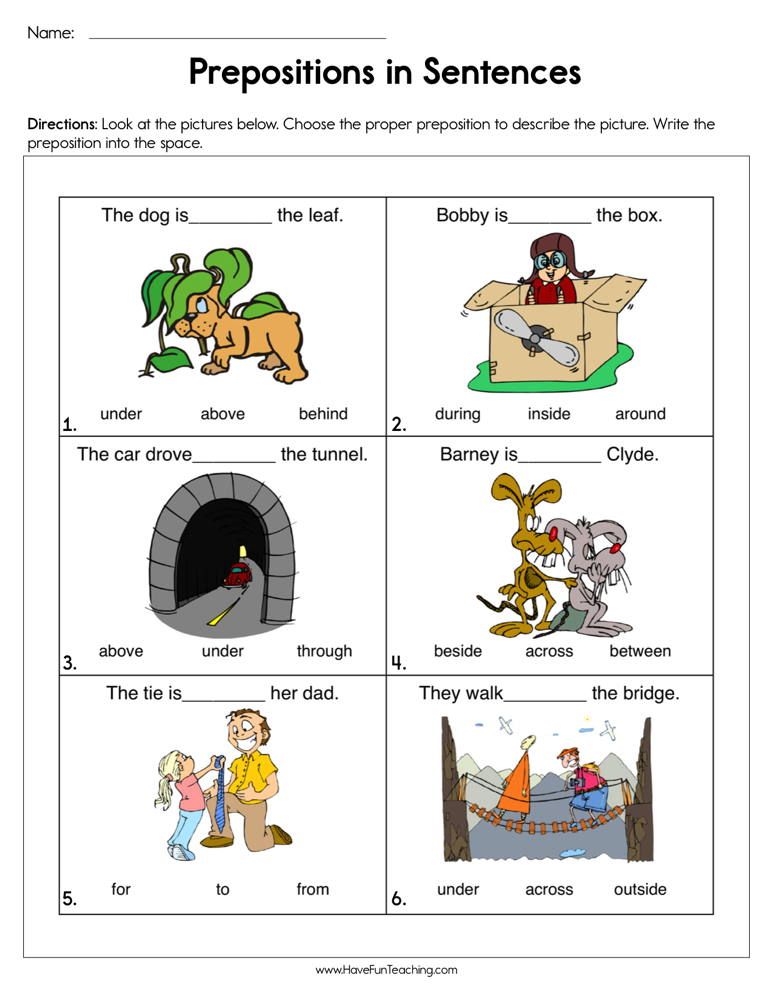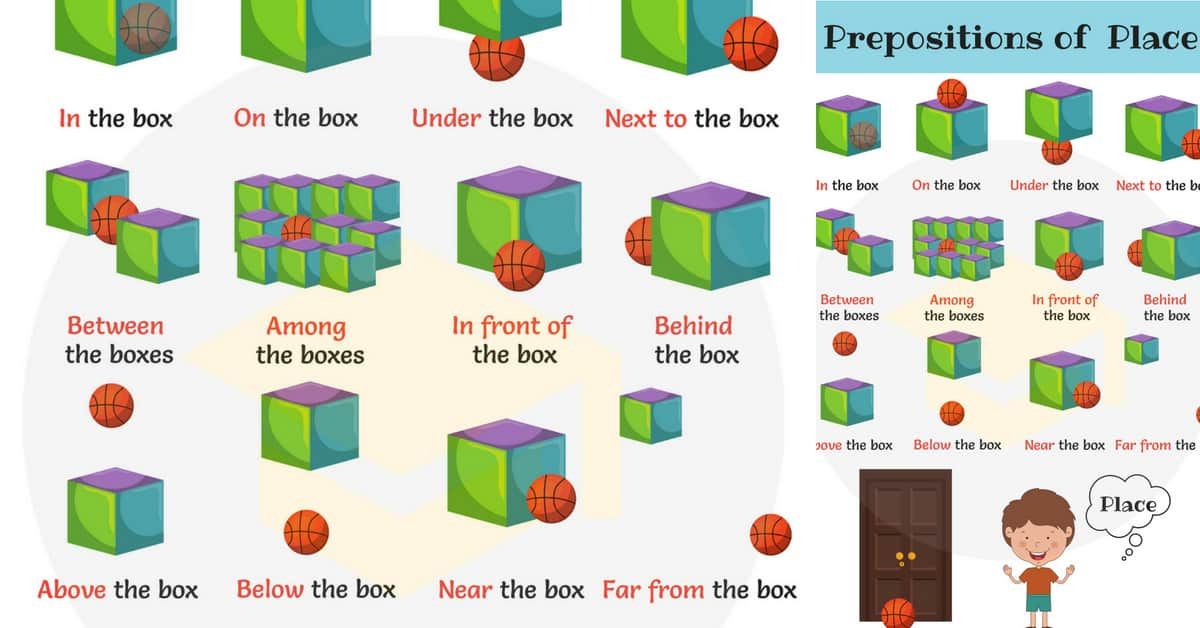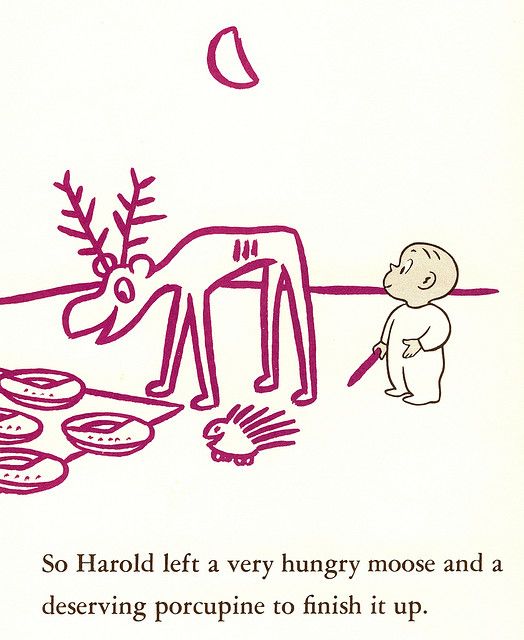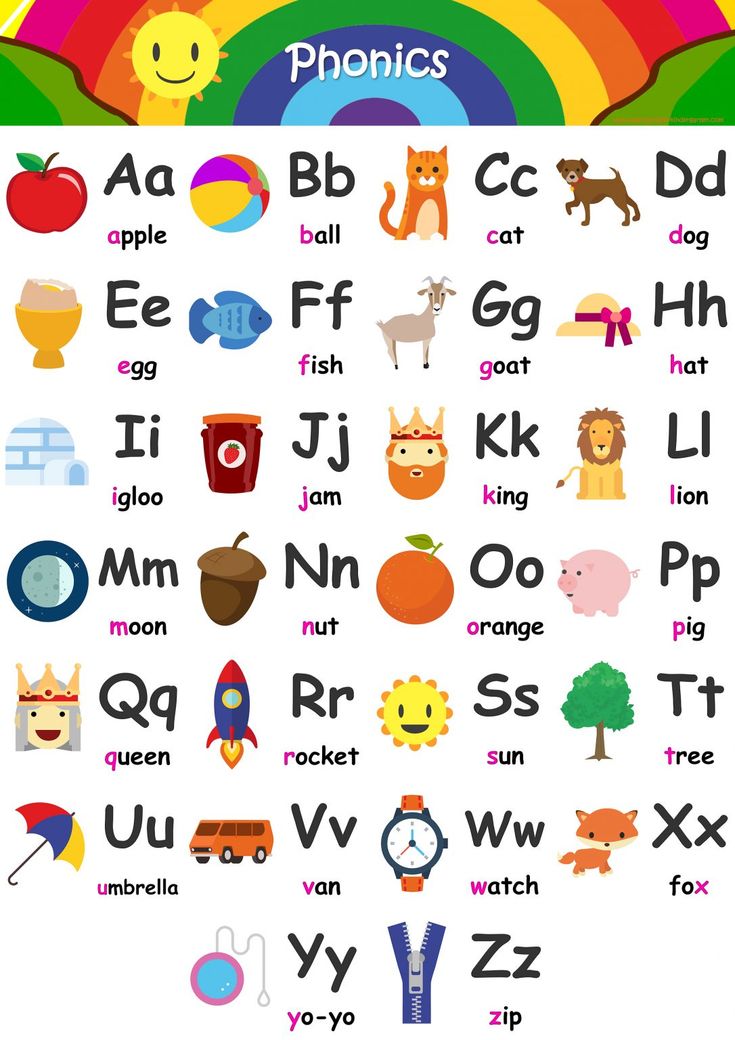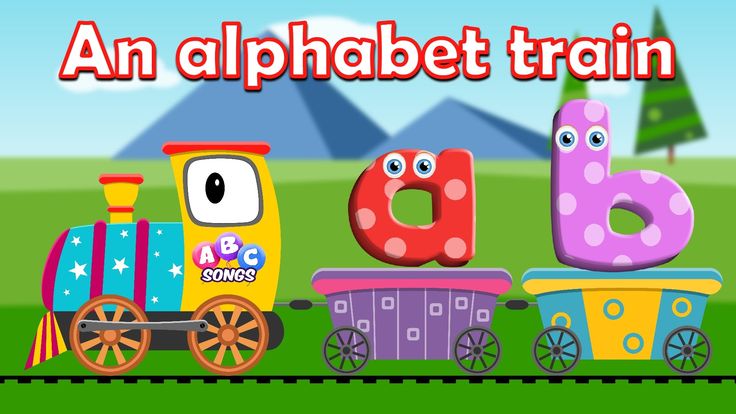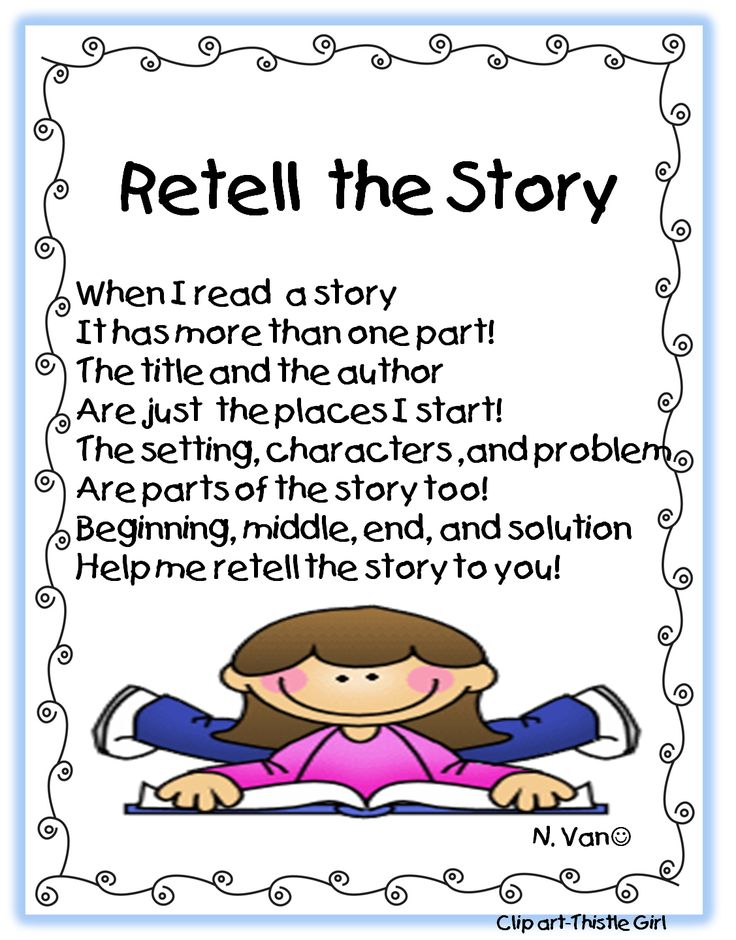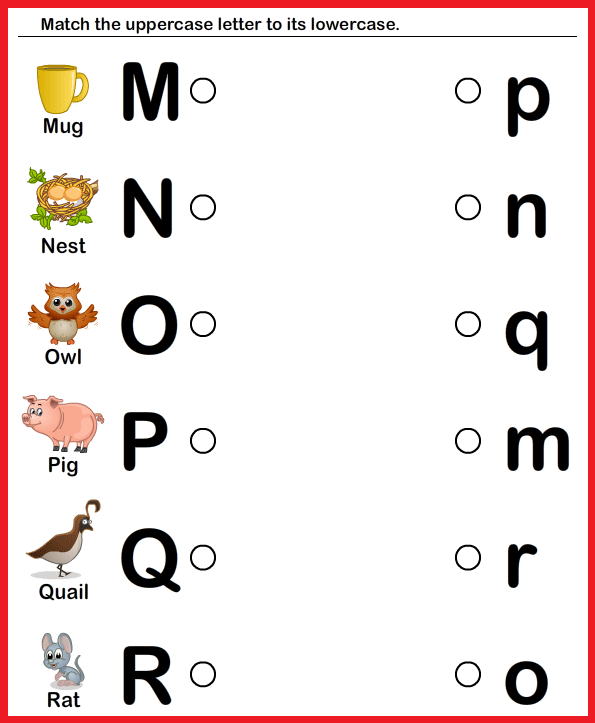Teaching of preposition
How to Teach Prepositions and Some Fun In-Class Activities
Prepositions are words governing, and usually preceding, a noun or pronoun and expressing a relation to another word or element in the clause. But to make your pupils understand the idea, explain to them that prepositions are words which link nouns, pronouns and phrases to other words in a sentence.
Table of Contents
What are Prepositions?
According to the Oxford English Dictionary, a preposition is a word governing, and usually preceding, a noun or pronoun and expressing a relation to another word or element in the clause. But to make your pupils understand the idea, explain to them that prepositions are words which link nouns, pronouns and phrases to other words in a sentence.
When describing the position of something, the time when something happens or the way in which something is done, we use prepositions.
Functions of Prepositions.
The function of a preposition is to demonstrate the relationship between two words in a sentence, normally between a noun, verb or adjective and a noun (including proper noun), pronoun, or gerund (verb in noun form). For example:
- I ran into the classroom.
- The lady beside Peter.
- She spoke to him.
- He is passionate about swimming.
- I went to Singapore.
A preposition is normally followed by a noun or pronoun and together they form a “prepositional phrase” (about swimming, into the classroom, beside Peter).
Forms of Prepositions.
Prepositions have no settled form. The most common prepositions are one-word prepositions (on, before, into), however there are two- or three-word phrases known as complex-prepositions that we use in our daily lives (according to, along with, in spite of). One thing to notice is that you should make sure that your pupils know the differences between “Complex prepositions” and “prepositional phrases”.
Many prepositions have literal meanings (in the room) or metaphorical meanings (in love). The meanings can be sorted in categories, for example:
- place — under the desk
- time — on Thursday
- purpose — done for school
- possession — a product of mine
- manner — by bus
- means — with a guitar
- movement — towards the rear
- accompaniment — without a tool
Some prepositions belong to more than one category, for example “on the table/on Saturday, with his wife/with a hammer).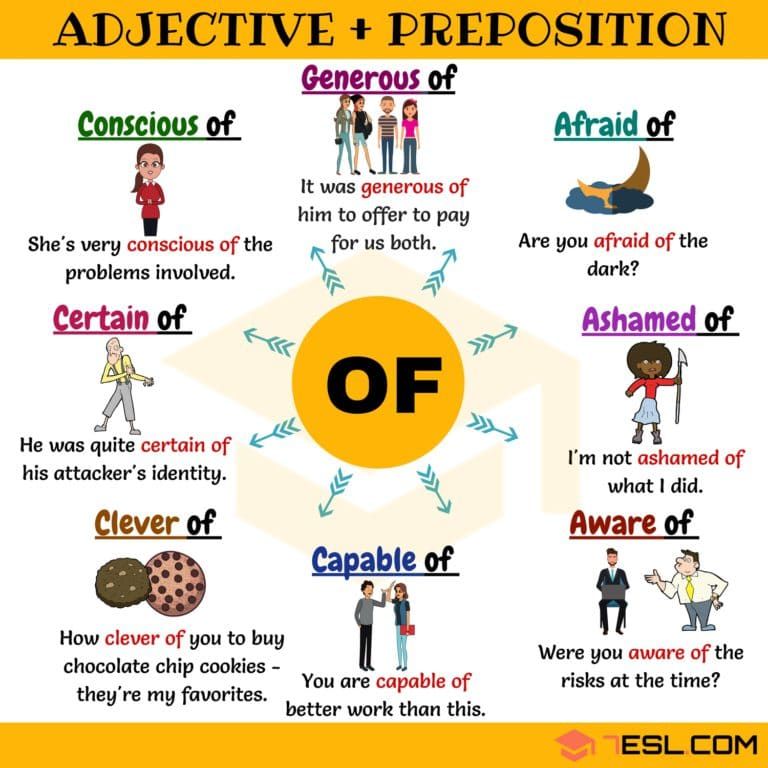
Metaphorical prepositions are those which are used originally to express space, but then expand their meanings to other functions such as means, manner, etc. They are metaphorical since they have a link to the original meanings but extended based on the idea of polysemy.
Many prepositions can also be adverbs. A preposition always has an object. An adverb does not have an object. For examples:
- “They are in the bedroom” vs “Please come in” (no object).
- “There was a car before me” vs “I had never seen it before” (no object).
- “I will call after school” vs “She called soon after” (no object).
There is one very simple rule about prepositions: a preposition is always followed by a “noun” (occasionally the noun may come before the preposition). It is never followed by a verb.
By “noun” we mean:
- noun: cat, love, potato
- proper noun: Paris, Lucy, English
- pronoun: us, you, him
- noun group: my first car
- gerund: singing
Fun In-Class Preposition Activities.
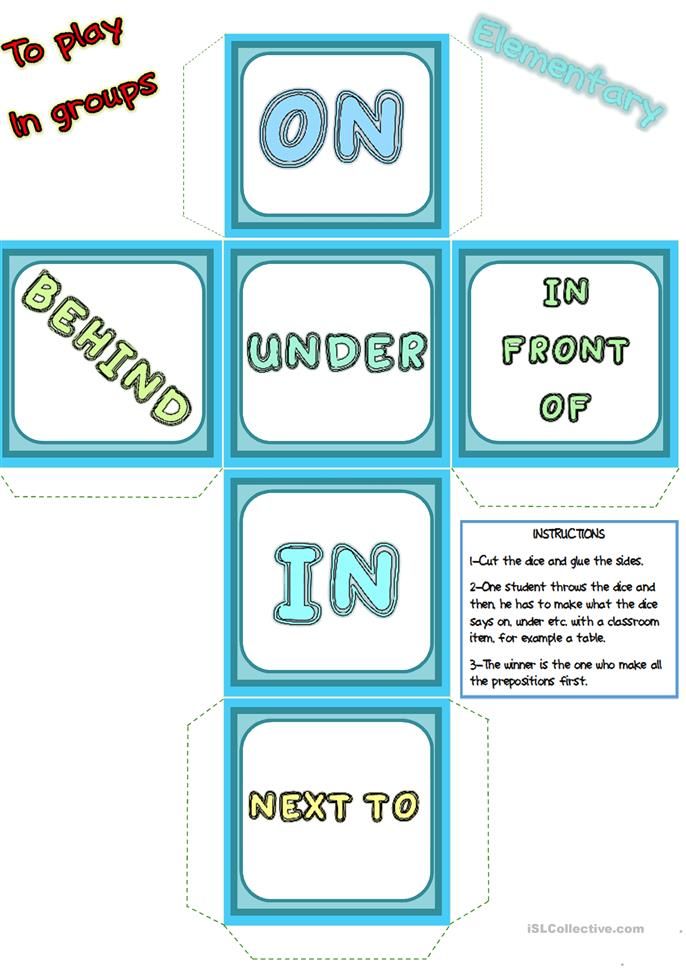
The “Do As I Say” Game.
Put children in pairs, and set a bar or put a desk in front of each pair. On your command children move into a position that illustrates the preposition that you name.
For “under” or “on” children can use the table or the bar, “In front” or “behind” can be done with two pupils, one standing behind or in front of the other. “In” and “out” might be shown with one pupil making a circle with his or her arms, while the other kid stands in the circle or out of it.
The Classroom Ghosts.
Tell your pupils that you have a bad news: there seems to be a naughty ghost in the classroom. The ghost misplaced some items when you left the room yesterday, and you can’t remember what was where, and you need their help.
Prior to this activity you will have to move some things around. For example, you could place some bricks under a pupil’s chair, put a marker pen on the bookshelf, put a doll on the teacher’s chair, or put the clock behind the door, etc.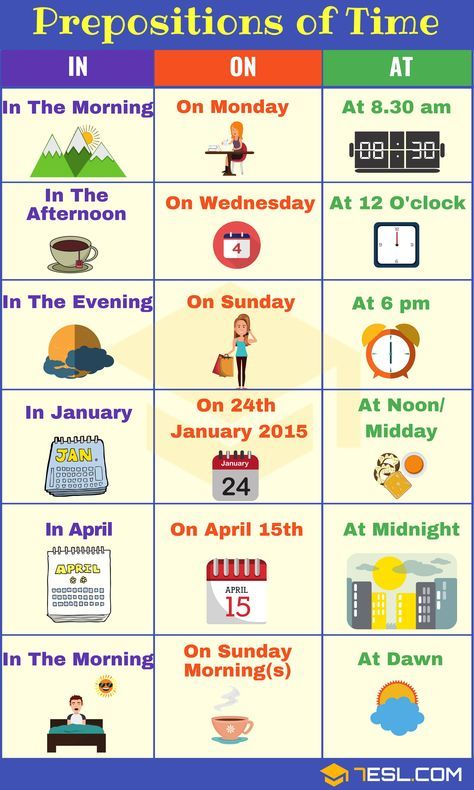
Get pupils into pairs to make a note of what the ‘ghost’ has moved around, and ask them to use ‘prepositions of place’ to make sentences. For example:
The clock is at the wrong place. It should be on the wall.
The bricks are under someone’s chair. They are usually on the shelf.
You could even assign a child as the secret ghost to make a few more changes to the classroom objects for the following day, and then review again with your class to check what they remember.
Grand Designer.
Put your students in pairs, and ask them to describe their ideal bedroom or living room to each other. Tell your class to imagine that they have all won the lottery and they are able to buy their dream house. Ask them to write a detailed description of their ideal homes, using prepositions of place, to give to an interior designer. You can either limit this to one or two rooms, or get the students to design an entire house. Since they are doing this activity in pairs, they may have to make compromises during designing:
Pupil A: There should be a big TV on the wall in the bedroom.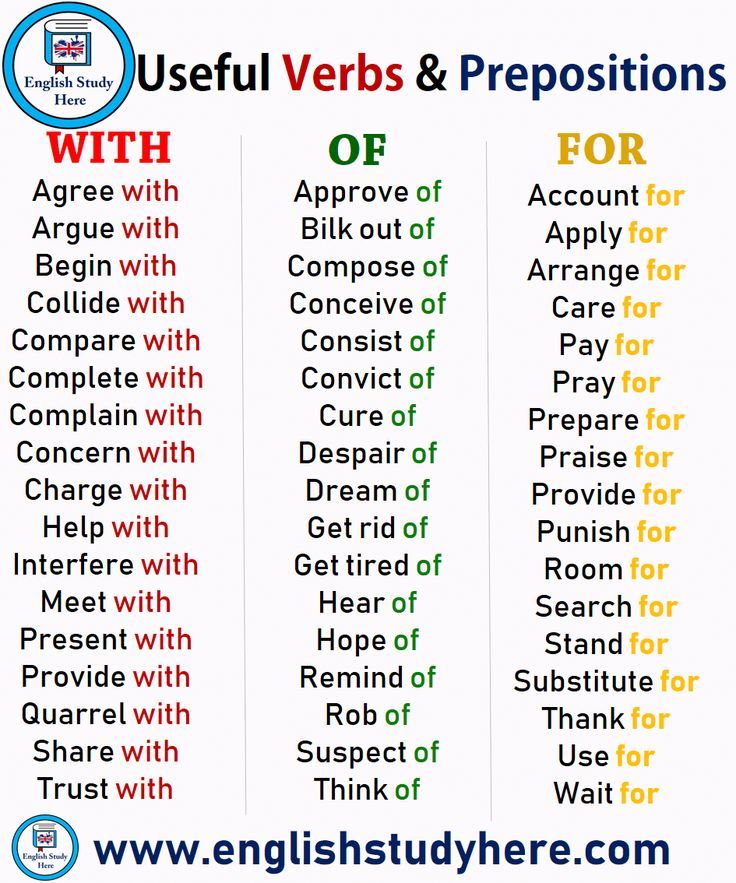
Pupil B: I like a big screen but I would prefer it in the living room.
Once finished, students can join another pair and share ideas. The first pair can describe their dream house and the other pair can try to sketch it.
Scavenger Hunt.
This activity can be done on the whole school premises or within the classroom if your classroom is big enough. Put children in groups of fours or fives, create several clues, give each small group of students one handout with instructions, and take a picture at each point on the scavenger hunt. Clues and instructions can be like:
Walk towards the school gate. There is a poster of a concert on the wall as you walk out of the building. Take a picture of yourself with the poster.
Along the playground, you will see a statue of a penguin. Take a selfie with it.
The List Challenger.
Assign pupils into small teams, at a maximum of four per team. Tell them that you will give them a list of ten prepositions.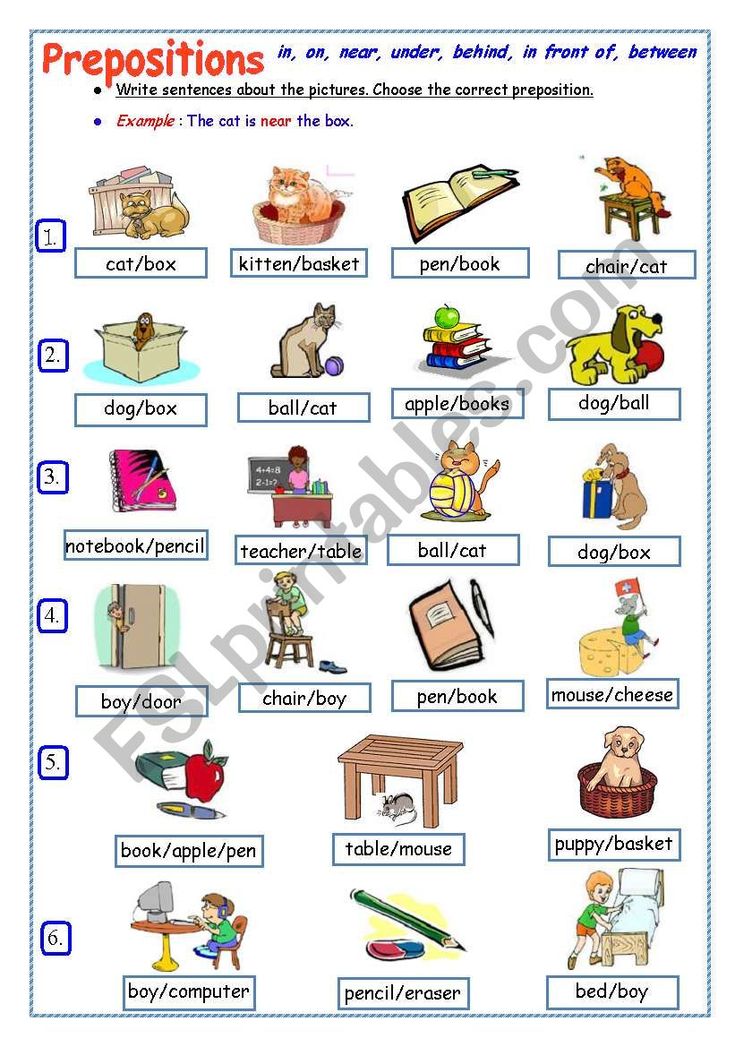 Each team must try to create as many sentences as they can using the ten prepositions. Write the prepositions to be practised on the board, such as: on, in, under, in front of, into, above, behind, at, below, between.
Each team must try to create as many sentences as they can using the ten prepositions. Write the prepositions to be practised on the board, such as: on, in, under, in front of, into, above, behind, at, below, between.
Then, pick two teams and ask them how many sentences they think they can produce. Both teams will then work closely together to write eight and ten accurate sentences. After finished, ask both teams to try and spot any mistakes the other team has made. If both teams accurately produce the number of sentences they said they could and has no mistake, they are awarded that number of points. For example if Team A claimed that they can writer 7 sentences and they wrote 7 with nothing wrong, that’s 7 points for them. If a team gets even one sentence wrong, or does not get the number they said they would, they get zero points.
Grammar with Emile
If you are tired of making props for activities, or you just need one activity that can do all the tricks and get all of your pupils engaged(even the most inactive ones), then you need Grammar with Emile.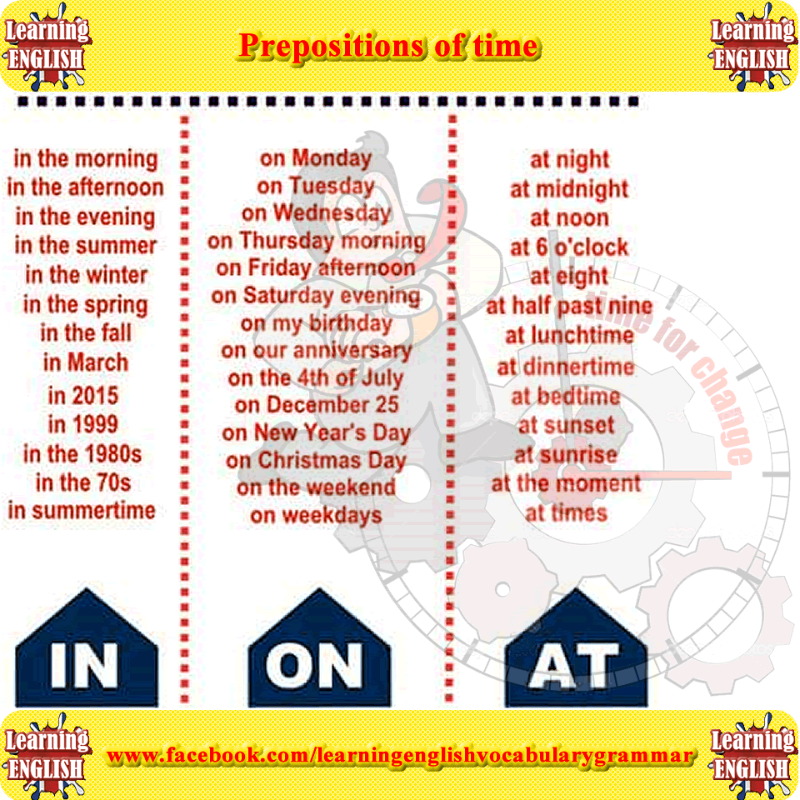
It’s a resource on computers or tablets that can easily grab students’ attentions with cute cartoon characters and cool animations, and it actually offers an Assess, Practice and Achieve Model which automatically assess a pupil’s current ability on a certain subject, assign the proper level of practice questions for the pupil to do, and teachers can just sit back and wait to see their pupils achieve a higher level (better marks and improved overall understanding of a subject).
More of our Grammar Blogs
Tips for Teaching Prepositions | EnglishClub
The author of the ebook “English Prepositions List” summarizes some of the key points to understand when teaching prepositions and offers tips to make your teaching more effective
Prepositions form a small but important word class, being very frequently used. In fact, the prepositions to, of, in, for, on, with, at, by, from are all in the top 25 words in English. Helping students understand and correctly use prepositions contributes greatly to their fluency.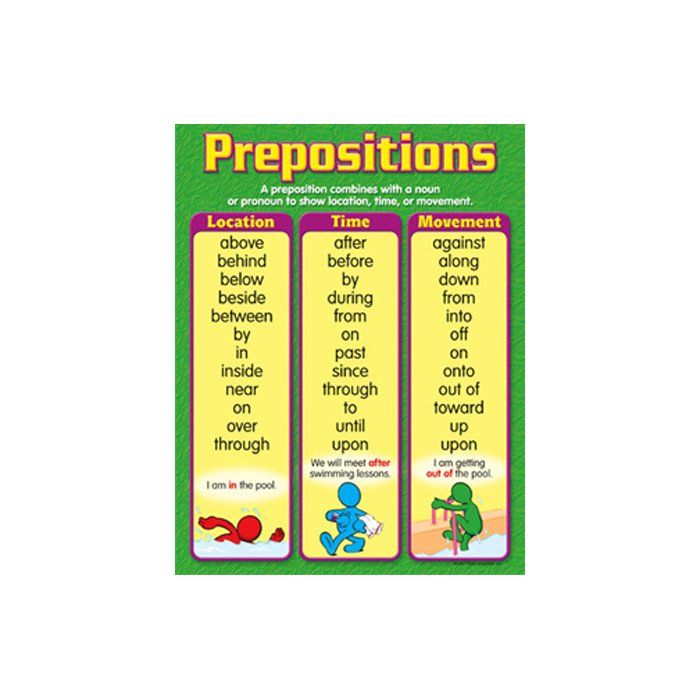 In this article, Josef Essberger, author of English Prepositions List, summarizes some of the key points to understand when teaching prepositions and offers tips to make your teaching more effective.
In this article, Josef Essberger, author of English Prepositions List, summarizes some of the key points to understand when teaching prepositions and offers tips to make your teaching more effective.
What do prepositions do?
A clear understanding as to what prepositions are actually for is essential for the teacher, although it may not be necessary to go in detail into the grammar points below at all levels.
Function of a preposition
The function or “job” of a preposition is to express the relationship between two words in a sentence, specifically between a noun, verb or adjective and a noun or pronoun*:
- the woman beside John
- ran into the shop
- happy with you
A preposition is typically (not always) followed by a noun or pronoun (the “prepositional object”) and together they form a “prepositional phrase” (beside John, into the shop, with you).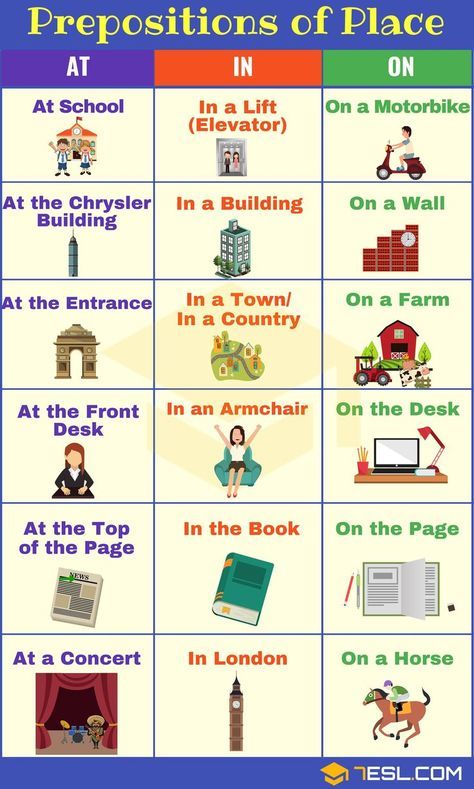
*Strictly speaking this can be a noun (including proper noun), pronoun, noun group or gerund (verb in noun form):
- noun (dog, table, love) – They are in love.
- proper noun (Bangkok, Mary) – I went to Bangkok.
- pronoun (you, him, us) – She spoke to him.
- noun group (my first job) – I was poor before my first job.
- gerund (swimming) – She is passionate about swimming.
A prepositional phrase functions as an adjective or adverb to modify a noun, verb or adjective:
- the woman beside John (“beside John” functions as an adjective modifying the noun “woman”)
- He works before lunch.
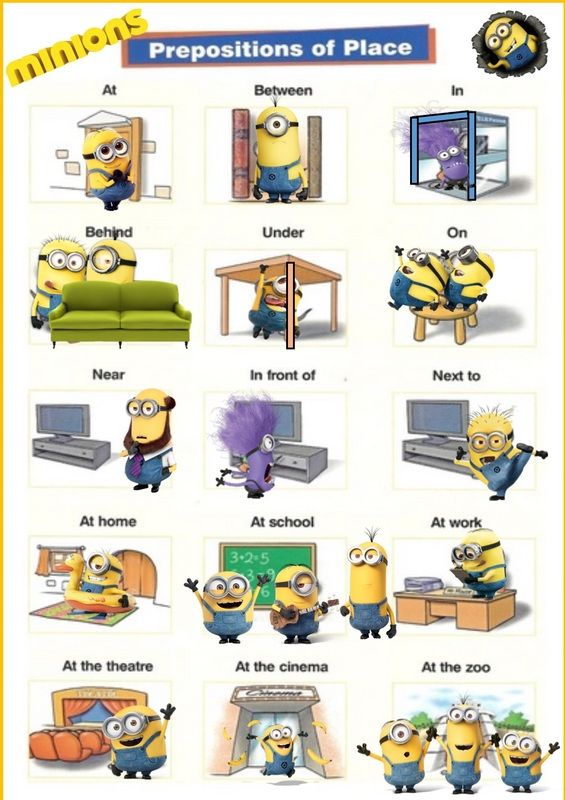 (“before lunch” functions as an adverb modifying the verb “works”)
(“before lunch” functions as an adverb modifying the verb “works”) - happy with it (“with it” functions as an adverb modifying the adjective “happy”)
Forms of prepositions
Prepositions have no particular form. The majority of prepositions are one-word prepositions, but some are two- or three-word phrases known as complex-prepositions:
- one-word prepositions (before, into, on)
- complex prepositions (according to, but for, in spite of, on account of)
“Complex prepositions” (on account of) should not be confused with “prepositional phrases” (on the table, on account of his age).
Types of prepositions
Many prepositions have more than one meaning. The meaning can be literal (in the box) or metaphorical (in love). The literal meanings fall into several categories, for example:
- place — under the bed
- time — on Sunday
- movement — towards the horizon
- manner — by train
- means — with a blunt instrument
- accompaniment — without a job
- possession — a friend of mine
- purpose — done for charity
Note that many prepositions belong to more than one category (eg on the table/on Monday, with her friend/with a screwdriver).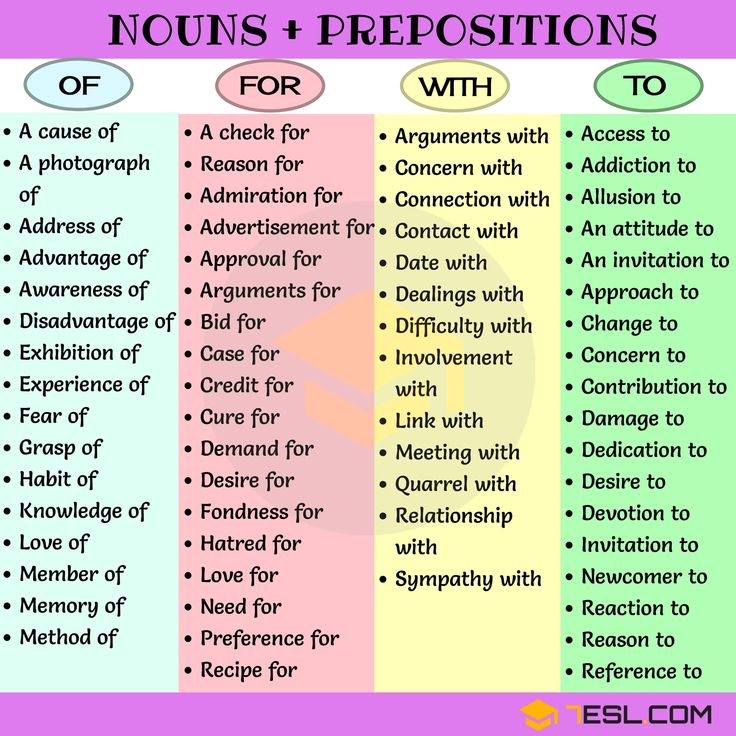
A pronoun following a preposition should be in object form
The noun or pronoun that follows a preposition forms a ‘prepositional object’. If it is a pronoun, it should therefore be in the objective form (me, her, them), not subjective form (I, she, they):
- This is from my wife and me.
- That’s between him and her.
- Mary gave it to them.
Teach by “meaning” category
While you could in theory teach prepositions in alphabetical order, it is generally more helpful to teach them in categories based on meaning, for example:
- prepositions of place — in the box, behind you, over my head
- prepositions of time — on Monday, in 1948, during the day, at night
- prepositions of movement — past the door, through the fence, across the road
By limiting a lesson to prepositions of space, for example, learners can compare, contrast and comprehend the meanings directly (on/under, inside/outside).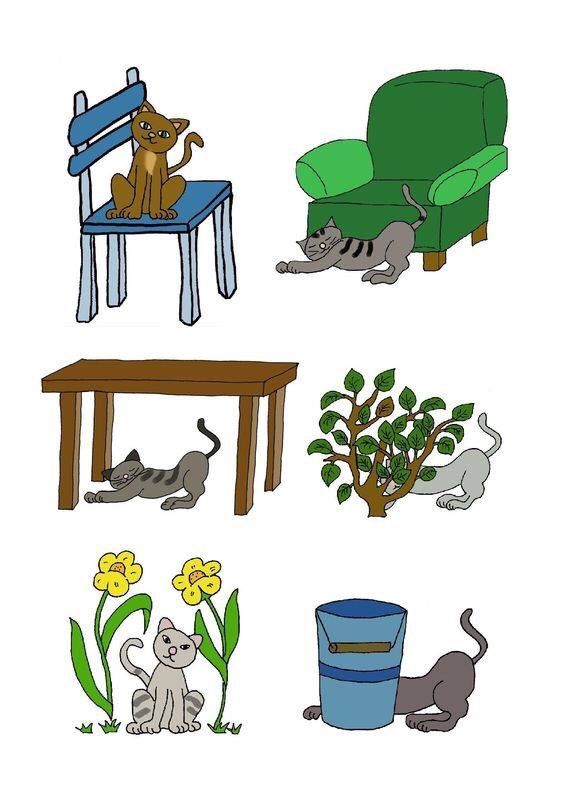 This works better than trying to teach the various meanings of individual prepositions (on the table, on Monday, on purpose, on time).
This works better than trying to teach the various meanings of individual prepositions (on the table, on Monday, on purpose, on time).
Say farewell to the “end of a sentence” myth
Some people claim that a preposition must always come before its object. Although a preposition usually precedes its object, it can sometimes come after its object. Take the very common “Where are you from?” and “I am from England.” The object of from is clearly Where and England. While one could theoretically say “From where are you?”, no-one actually does say that. Normal English usage is “Where are you from?”
There are four main cases where a preposition may naturally fall at the end of a sentence or clause:
- who, where, what questions — What are you interested in?
- relative clause — the plan (that) they are working on
- infinitive — Do you have someone to go with?
- passive — She hates being stared at.
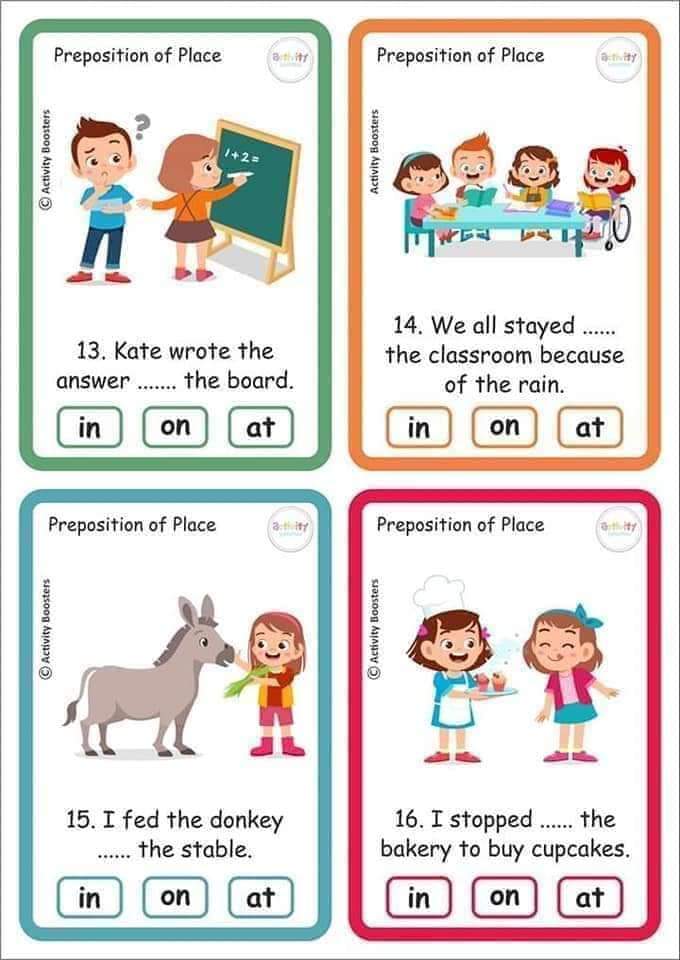
The name “preposition” indicates that prepositions come before something:
- I put it in the box.
But even when a preposition does not come before its object, it is still closely linked to its object:
- Who(m) did you talk to?
- I talked to Jane.
Many prepositions can also be adverbs
It may help your more grammar-oriented students to recognize the difference between a preposition and an adverb. A preposition always has an object. An adverb does not have an object.
- They are in the kitchen. (preposition in has object the kitchen)
Please come in. (adverb in has no object) - There was a doorway before me.
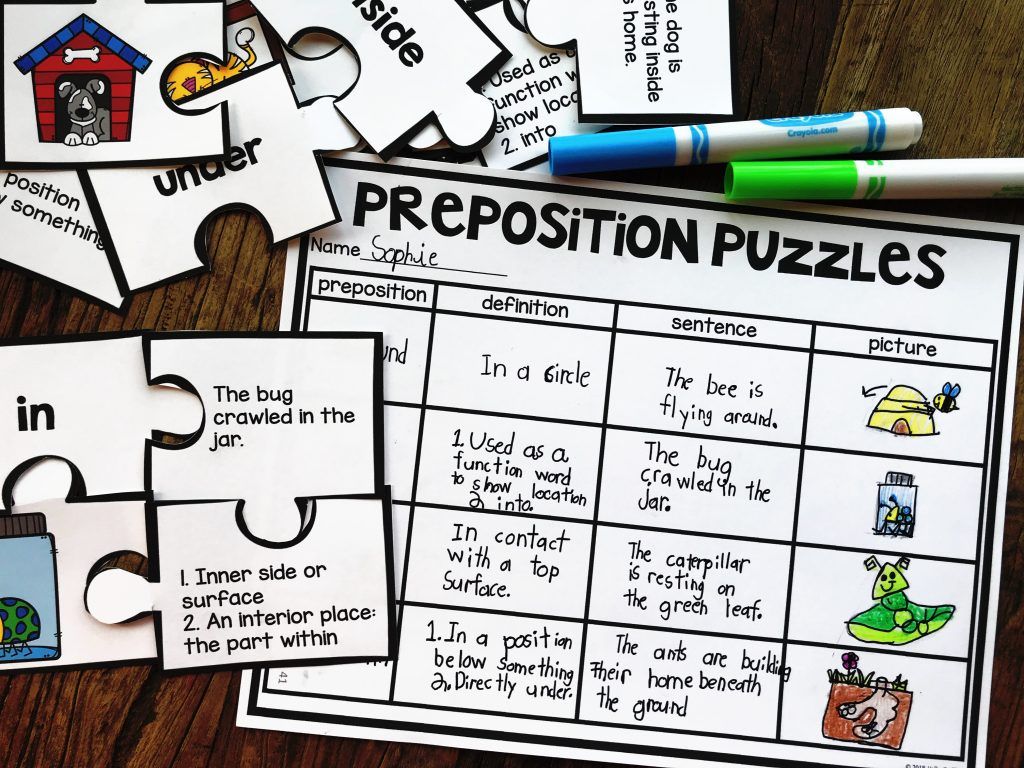 (preposition before has object me)
(preposition before has object me)
I had never seen it before. (adverb before has no object) - I will call after work. (preposition after has object work)
He called soon after. (adverb after has no object)
Good news. Prepositions are limited in number
Although prepositions may seem difficult to learn, the task is not insurmountable. There are only 150 prepositions and only about 70 of these are commonly used. What’s more, all single-word prepositions are “closed-class”, meaning they are unlikely to be added to.
to preposition vs to infinitiveThe infinitive particle “to” (to sing, to live) often befuddles English learners who may confuse it for the preposition “to” (to London, to me).
to as preposition
- I look forward to lunch
I look forward to seeing you
I look forward to see you - They are committed to the project.
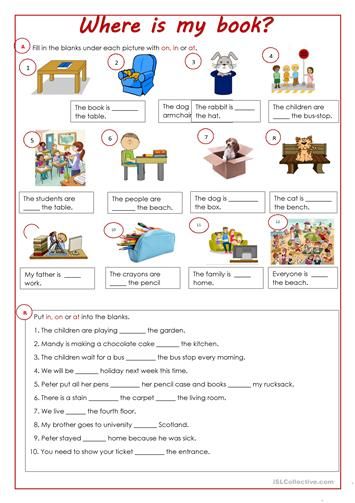
They are committed to keeping the price down.
They are committed to keep the price down. - I am used to cars.
I am used to driving.
I am used to drive.
to as infinitive particle
- They used to live in Moscow.
- They love to sing.
Use simple illustrations
Help students understand prepositions of place and movement with simple illustrations.
Where appropriate, try to find contrasting pairs to make the meaning clearer.
Illustrations from English Prepositions List
Use preposition activities
Try to use fun activities in teaching your students and checking their understanding. You can find many preposition games and quizzes that can be used online or offline. The ebook English Prepositions List includes printable preposition quiz sheets (with answers) ideal for classroom use.
Be aware of first-language interference
Be aware that some languages may use a preposition where English does not. So, depending on a student’s first language, you may hear for example:
Will you marry with me?(marry me)He entered to the room.(entered the room)I hate from that.(hate that)They discussed about the problem.(discussed the problem)I have paid for the bill.(paid the bill)
Or, conversely, some languages use no preposition where English requires one:
She reminds me my childhood.(of my childhood)He is waiting the bus.(for the bus)She likes to listen music.(to music)
Explain the preposition rule
There is one very simple rule about prepositions.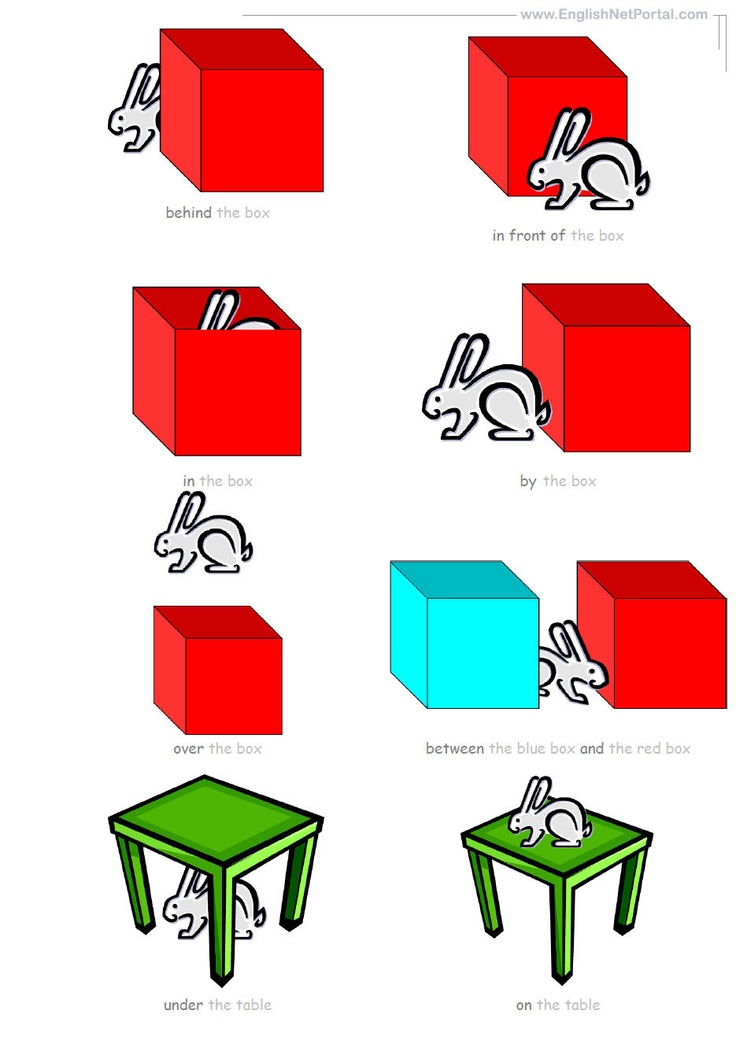 And, unlike most rules, this rule has no exceptions.**
And, unlike most rules, this rule has no exceptions.**
Rule: A preposition is always followed by a “noun”. It is never followed by a verb. By “noun” we include:
- noun (dog, table, love) – This is food for dogs.
- proper noun (Bangkok, Mary) – I went to Bangkok.
- pronoun (you, him, us) – She spoke to him.
- noun group (my first job) – I was poor before my first job.
- gerund (swimming) – She is passionate about swimming.
A preposition cannot be followed by a verb. If we want to follow a preposition by a verb, we must use the “-ing” form which is really a gerund or verb in noun form.
**You didn’t really believe that, did you? Actually, it’s more accurate to say “A preposition is always related to a noun. ” Normally the “noun” comes after the preposition, but occasionally it may come before it (What country do you come from?). But before or after, it is always a “noun”. And “always followed by a noun” is useful at lower levels.
” Normally the “noun” comes after the preposition, but occasionally it may come before it (What country do you come from?). But before or after, it is always a “noun”. And “always followed by a noun” is useful at lower levels.
Try this mini preposition quiz
The rule says “a preposition is always followed by a noun”. In the following sentences, why is the preposition “to” followed by a verb? That should be impossible, according to the rule above.
- I would like to go now.
- She used to smoke.
The answer is that in “I would like to go now” and “She used to smoke”, the word “to” is not a preposition. It is part of the infinitive (“to go”, “to smoke”). In 1 it is fairly obvious. In constructions like “used to do” it is less obvious.
Give contextual examples
When giving examples, and where possible, try to show prepositions in context by writing full sentences.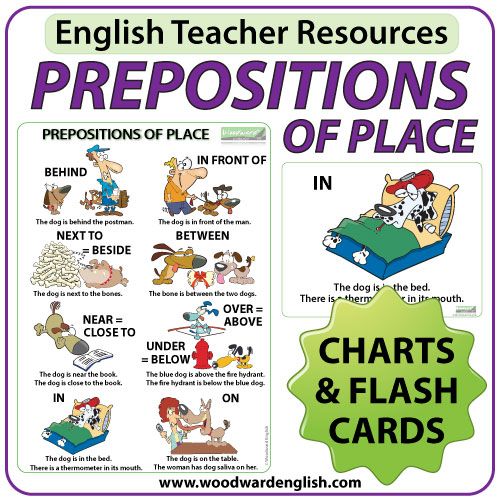 This makes it far easier for your students to understand or deduce the meaning.
This makes it far easier for your students to understand or deduce the meaning.
Have students use prepositions in sentences of their own
You can also test understanding by getting your students to use specific prepositions in their own original sentences. Only in this way can you know if they have fully grasped both the concept of prepositions in general and the meaning of particular prepositions.
Illustrations from English Prepositions List
See also:
How to Teach Prepositions of Position to Young Learners
Formation of the correct use of prepositions in children with general underdevelopment of speech
One of the areas of corrective work on the formation of lexical and grammatical categories in children with general underdevelopment of speech is learning to understand and use prepositions. Limited verbal communication lag in the development of cognitive activities do not allow children to independently master prepositional structures.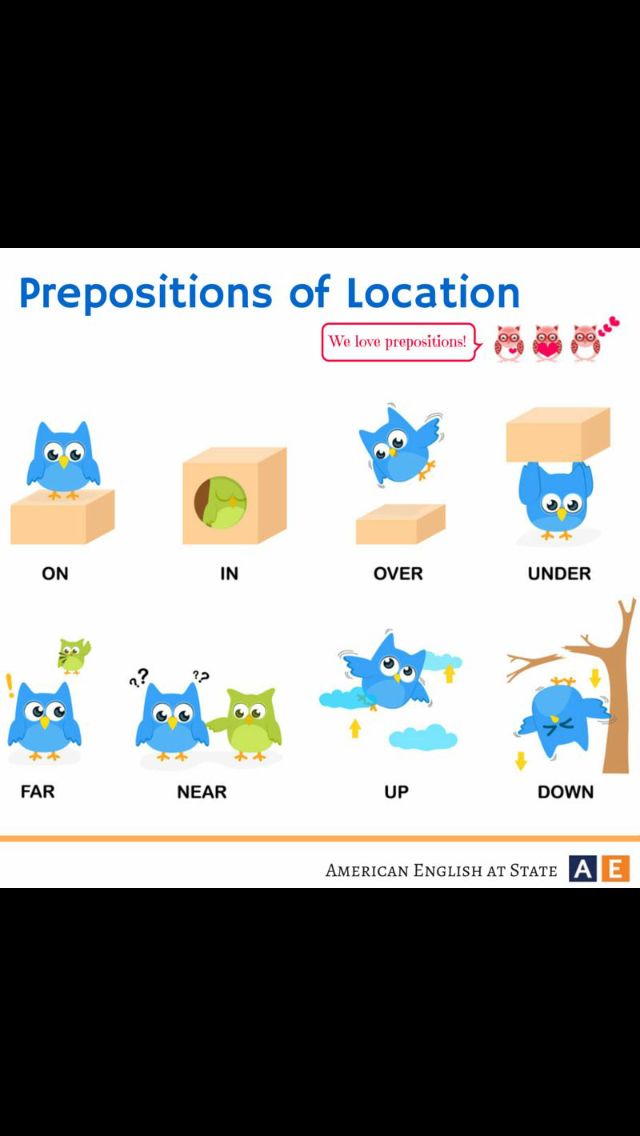 Necessary help children learn the rules of change and word combinations, teach to convey accurately semantic intention with the help of linguistic means.
Necessary help children learn the rules of change and word combinations, teach to convey accurately semantic intention with the help of linguistic means.
Prepositions are the last to appear in the child's speech important parts of speech. characteristic the regularity of the normal development of children's speech is the fact that the assimilation of prepositions carried out only after learned the most functional elements of the language - inflections (endings).
In children with O.N.R. the same sequence in the assimilation of speech, as in normally developing peers, but more extended deadlines. Therefore, speech therapy on the formation of the correct use prepositions in children with O.N.R. based on the sequence in the assimilation of prepositions is normal.
At speech therapy classes on the formation of children correct use of prepositions in speech learn to understand the spatial relationship of two objects expressed by prepositions on, in, at, under, about et al.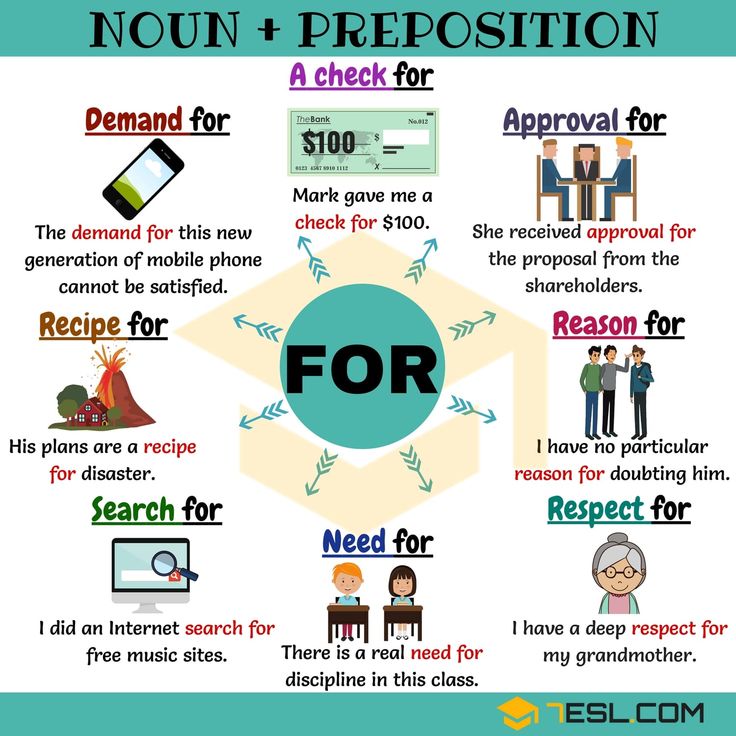 most common in daily practice and the easiest to semantic relationship. Classes are held subgroups, alternating with the lessons of the educator in the form of didactic games, game exercises, entertaining tasks. To get attention children use toys for sounding speech, fairy tale characters well known to children items. Children need to be taught carefully listen to instructions, do it right required action. For example, a speech therapist puts the cube on the table and says: “The cube is on the table.” Preposition to is voiced. The kids do it same. Then each child is asked where he is put down the cube. If the child cannot answer himself, the speech therapist does it for him. Children are first taught use a preposition in phrases, then in phrases, without achieving clarity of pronunciation of words. After getting acquainted with several prepositions work is underway to differentiate them. For example, they ask the child to show where the pencil is. lies in box, and where is on box; where is the ball lies on chair , and where is under chair .
most common in daily practice and the easiest to semantic relationship. Classes are held subgroups, alternating with the lessons of the educator in the form of didactic games, game exercises, entertaining tasks. To get attention children use toys for sounding speech, fairy tale characters well known to children items. Children need to be taught carefully listen to instructions, do it right required action. For example, a speech therapist puts the cube on the table and says: “The cube is on the table.” Preposition to is voiced. The kids do it same. Then each child is asked where he is put down the cube. If the child cannot answer himself, the speech therapist does it for him. Children are first taught use a preposition in phrases, then in phrases, without achieving clarity of pronunciation of words. After getting acquainted with several prepositions work is underway to differentiate them. For example, they ask the child to show where the pencil is. lies in box, and where is on box; where is the ball lies on chair , and where is under chair .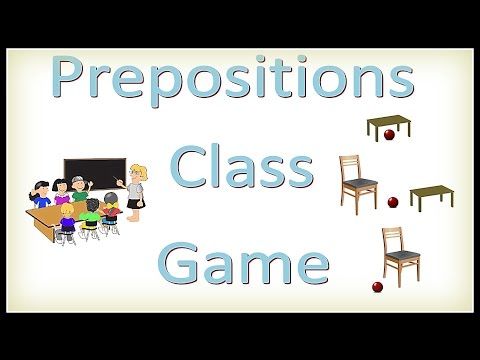
Skills for correct understanding and use suggestions are fixed by educators on private lessons held in the second half a day, as well as during all regime moments. Great help can be provided parents. During consultations, encourage them to play with their children at home in such games like “Who hid where?”, “What’s on the Christmas tree, and what (who) is under the tree?”, “Cat’s house” and others.
Children of senior preschool age (levels 2-3 speech underdevelopment) get acquainted with prepositions on the material of phrases and simple phrases. You need to start learning with the simplest prepositions on, under, denoting a place actions and easily modeled in the process visual demonstration. Clarifies understanding children of spatial arrangement objects expressed by these prepositions. For example, clearly voicing the preposition to , The speech therapist asks you to follow these instructions:
- Place the cup on the table and the car on the chair.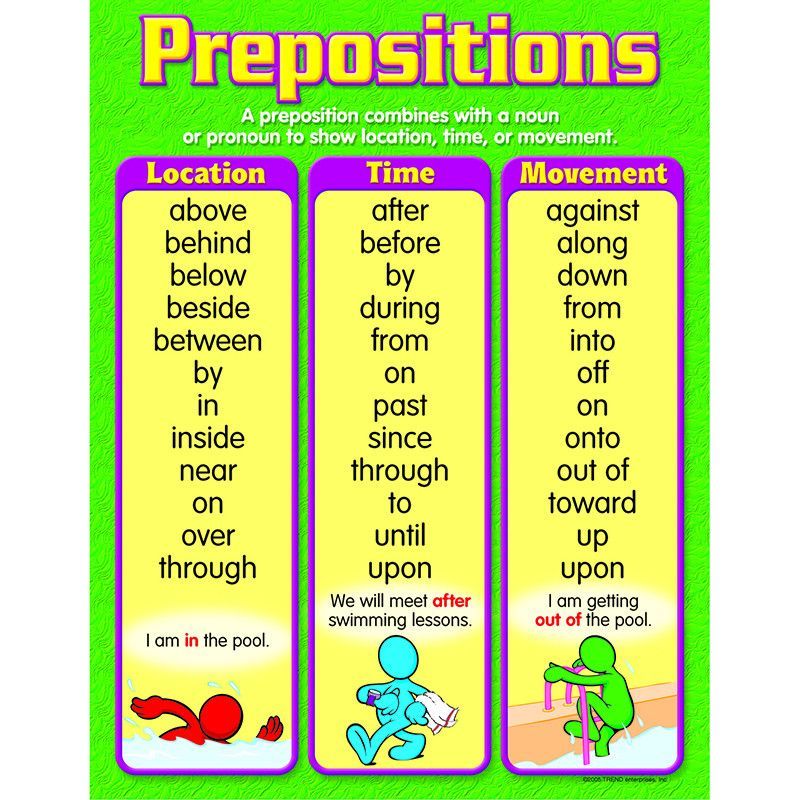
- Place book on table, ball on floor, and doll on bed.
When tasks with “small word to ” will run without errors, you can explain rule:
Small word to appears when the item is at the top.
After explaining the rule, the adult, followed by children pronounce word combinations with a preposition to , emphasizing the suggestion with a voice. Then make up suggestions. In the classroom, not only items in the group (toys, furniture, dishes), but also picture material. Reliance on visual analyzer always gives a positive effect, therefore, in addition to plot and subject pictures, you can use preposition schemes.
After mastering preposition on, to be confirmed spatial arrangement of objects expressed by the preposition under . Children are learning highlight the preposition under in the sentence and make phrases and sentences with it pretext according to the visual situation, according to the plot pictures, according to two subject pictures.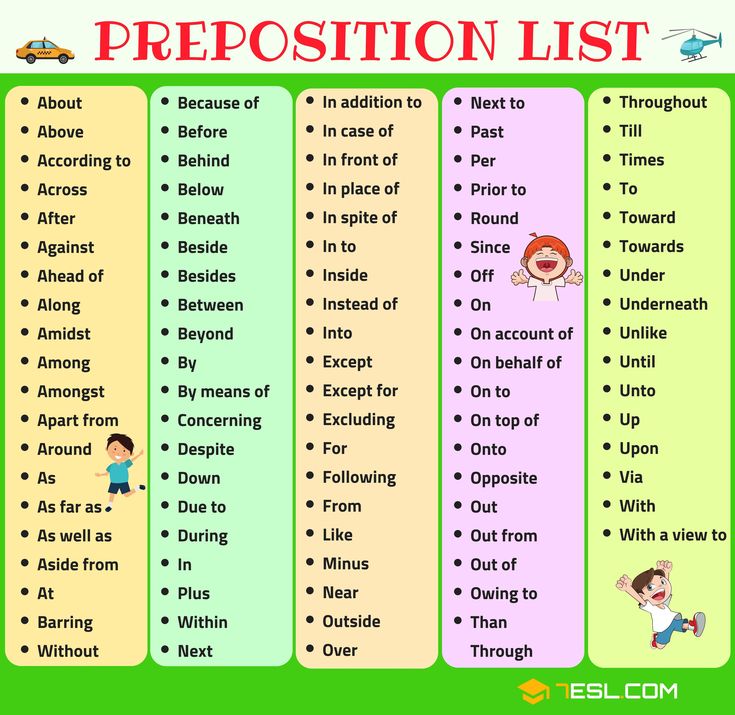 After mastering grammatical constructions with prepositions to and under , work is underway on their distinction. A speech therapist gives children a "truncated task”:
After mastering grammatical constructions with prepositions to and under , work is underway on their distinction. A speech therapist gives children a "truncated task”:
- Put the ball ... a chair, and the fungus ... a table, - and asks: - It is clear how to perform actions? I missed small but very important the words. Now listen again: Put ball under chair, and fungus to table. Same or different actions to be taken? What is the difference?
It is necessary to teach children to differentiate tasks, listening to verbal instructions, keep the sequence in mind. Gradually, the tasks become more difficult: in a row “small words” should be highlighted, for example, words under and to . Hearing them in a row: on, from, in, under, about, between, over, the child should clap their hands.
You can offer the children an comprehension task generalized meaning of prepositions to and under : the book lies on the table .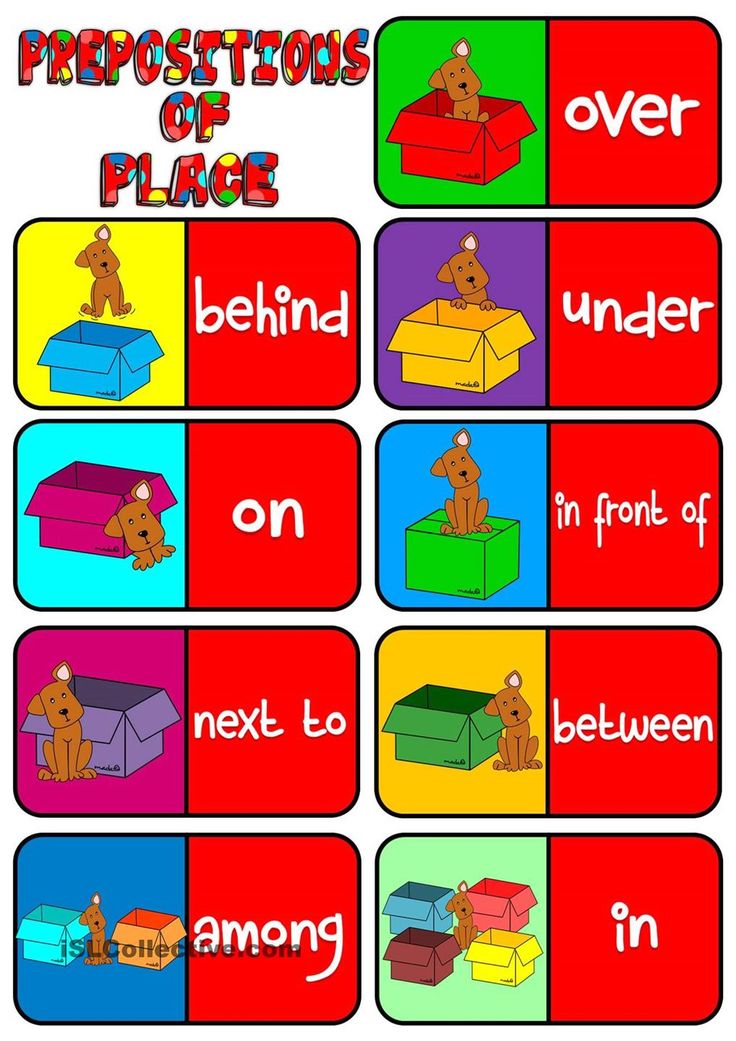 And where else can lie book? The ball fell under the table. Where else can he roll up? Children are taught to add to a sentence missed suggestions. When learning to use prepositions with different cases children get acquainted with new meanings of prepositions. At the end of the training years, children should be able to use simple prepositions in speech, make sentences with a given suggestion. Children of the seventh year of life O.N.R. cannot independently without special learning to master such more complex prepositions like: from under, due to, between, over . They are make mistakes by replacing and mixing prepositions.
And where else can lie book? The ball fell under the table. Where else can he roll up? Children are taught to add to a sentence missed suggestions. When learning to use prepositions with different cases children get acquainted with new meanings of prepositions. At the end of the training years, children should be able to use simple prepositions in speech, make sentences with a given suggestion. Children of the seventh year of life O.N.R. cannot independently without special learning to master such more complex prepositions like: from under, due to, between, over . They are make mistakes by replacing and mixing prepositions.
At the beginning of the academic year at speech therapy classes reinforce the knowledge and skills correct use of simple prepositions c, on, under, from, to, from, etc. . Children are introduced to new the concept of "preposition". In one of the first classes children are told that our little Helper words are called prepositions.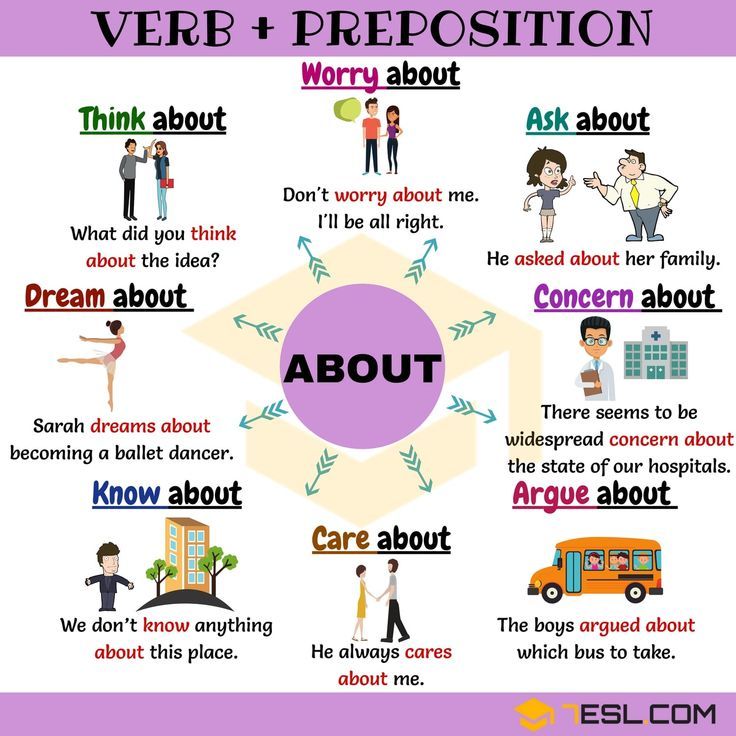
Then the children are introduced to prepositions due to, from under, with, with, over, employees as for designation spatial arrangement of objects and joint action. In frontal lessons children clarify spatial relationships, expressed by these prepositions, learn to highlight these prepositions in the text and make sentences with a given preposition according to a picture, diagram, visual situations, according to two key words. Children are learning include the missing preposition in the sentence, lay out sentence schemes with prepositions. Learn to single out a preposition as a separate service word. Skills acquired are reinforced subgroup and individual lessons.
Problems of remedial education are solved joint efforts of a speech therapist and educators, in close contact with parents. General efforts to teach children speech therapy group to use correctly as simple and complex prepositions in speech, help learn the rules for connecting words, teach exactly convey meaning through linguistic means.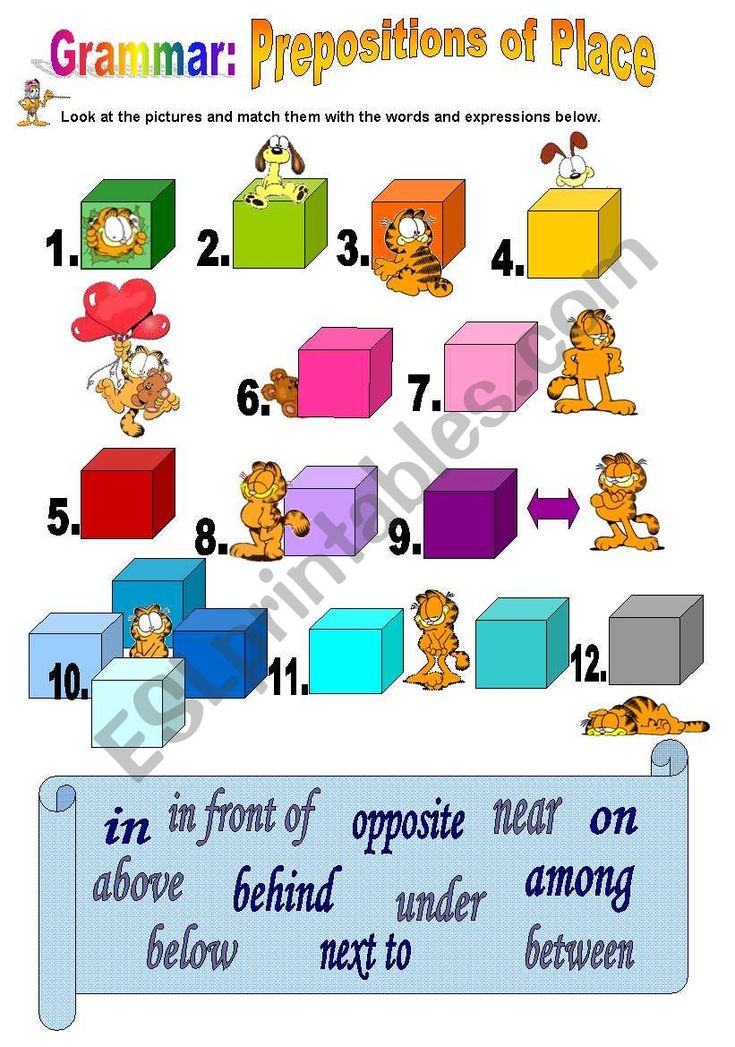 This is essential for learning at school, communicating with adults and children, formation of personal qualities of the child.
This is essential for learning at school, communicating with adults and children, formation of personal qualities of the child.
References
- Filicheva T.B., Chirkina G.V., Tumanova T.V., Mironova S.A., Lagutina A.V. preschool programs compensatory educational institutions type for children with speech disorders. Moscow. “Enlightenment” 2008.
- Education and upbringing of preschool children with speech disorder. Editor-compiler Mironova S.A. Moscow. "Enlightenment" 1989.
- Zhukova N.S., Mastyukova E.M., Filicheva T.B. Overcoming the general underdevelopment of speech in preschoolers. Moscow. “Enlightenment” 1990.
- Filicheva T.B., Chirkina G.V. Eliminate common underdevelopment of speech in preschool children. Practical guide. Iris Press. Moscow 2007.
- Krause E. Speech therapy. St. Petersburg. "Crown print” 2003.
- Tkachenko T.
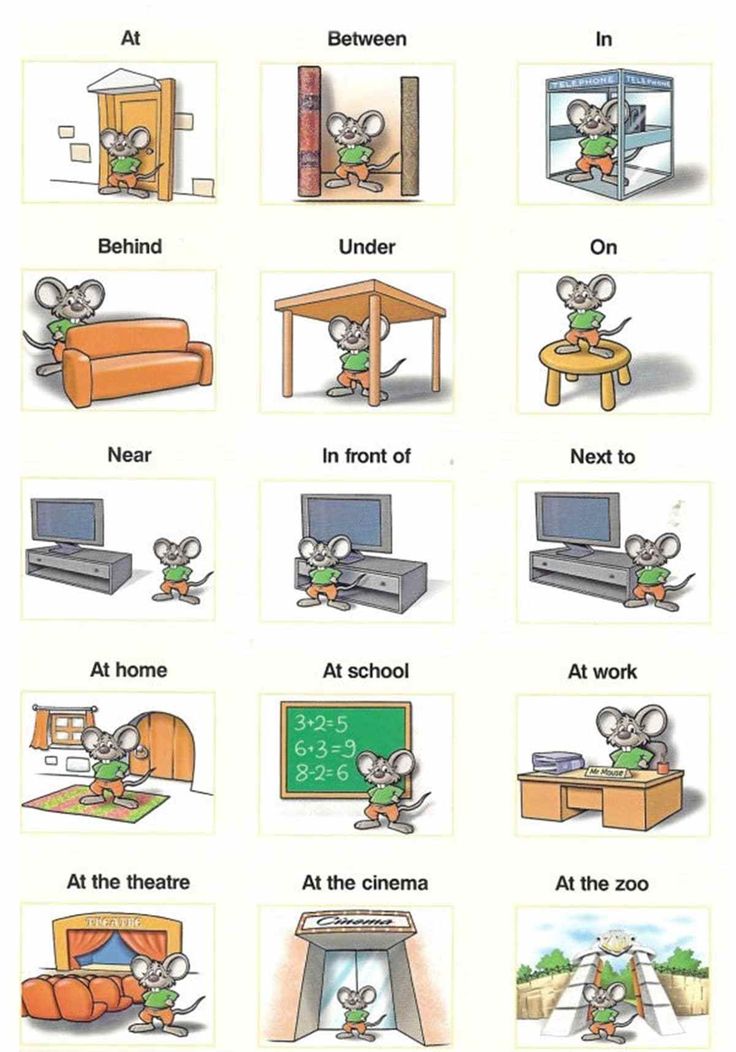 A. If the preschooler does not speak well. St. Petersburg. "Childhood - press" 2000.
A. If the preschooler does not speak well. St. Petersburg. "Childhood - press" 2000. - Efimenkova L.N. Formation of speech preschoolers. (Children with general underdevelopment of speech). Book for a speech therapist. Moscow. “Enlightenment” 1985.
- Tkachenko T.A. In the first class - no speech defects. St. Petersburg. "Childhood - press" 1999.
table with examples and explanations
About languages
Grammar life hacks Expertise
Interesting
Vocabulary About VKS-IH Language SMAK
Grammar 02/11/2019
Why do Russian-speaking students often get confused in English prepositions? Difficulties arise because in English, unlike the Russian language, there are practically no cases. And prepositions here perform a very important function: they logically connect the words in a sentence with each other. With their help, you can deftly give different meanings to one verb, form the correct cases, etc.
And prepositions here perform a very important function: they logically connect the words in a sentence with each other. With their help, you can deftly give different meanings to one verb, form the correct cases, etc.
There are a lot of prepositions in English. But gradually you can learn everything. If you know the rules for using prepositions in English and understand which group a particular option belongs to, it will not be difficult to correctly use them in sentences.
A better understanding of the purpose of English prepositions is provided by illustrative examples of their use. We propose to consider 4 groups of these important service parts of speech and cases of their use.
1. Prepositions of place in English
In this category of prepositions, the prepositions at, in, on are the most well-known and most frequently used. They indicate the position of someone (something) in space and usually answer the question "where?".
| Preposition | How to translate | How is it used/What does | stand forUsage example |
| In | in, inside | someone (something) is inside something | Mark put his toys in a box.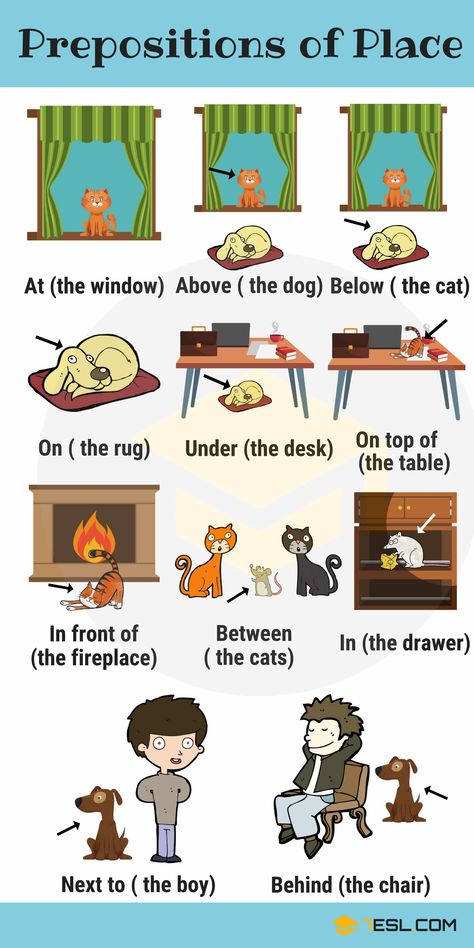 Mark put his toys in the box. |
| At | at, in, at | someone is inside something for a specific purpose | My younger sister is at school now. My little sister is at school now. |
| On | to | someone (something) is on the surface of something | Our cat is sleeping on the sofa now. Our cat is currently sleeping on the couch. |
| Under | under | someone (something) is under something | He hid under the bed. He hid under the bed. |
| Above | over | someone (something) is above something | There's a mirror above the sink. A mirror hangs over the sink. |
| Between | between | someone (something) is between someone (something) | There is a break of ten minutes between classes. There is a ten minute break between classes. |
2. Prepositions of direction in English
Prepositions of this category indicate the direction of movement.
| Preposition | How to translate | How is it used/What does | stand forUsage example |
| To | to, to, to | towards what (to whom) someone (something) is moving | Let's go to the disco tonight! Let's go to the disco tonight. |
| Into | to | someone (something) enters, enters somewhere | They came into the restaurant. They entered the restaurant. |
| Out of | out of | someone (something) is moving from the inside out | Get out of the classroom! Get out of class! |
| From | from, from, from, from | someone (something) is moving away from someone (something) | They came back from Egypt yesterday morning.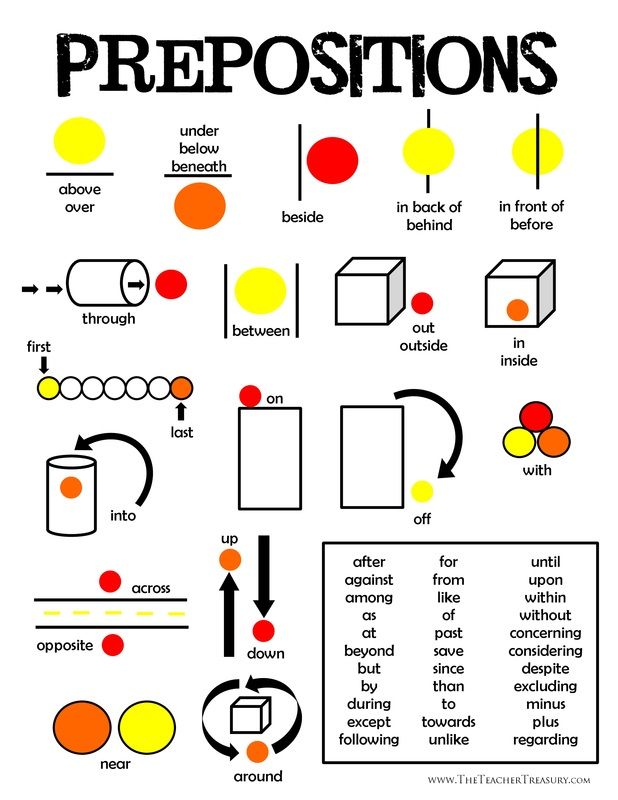 They returned from Egypt yesterday morning. |
| Through | through, through | someone (something) is moving from one side to the other | They decided to go through the mountains. They decided to go through the mountains. |
| Along | along, by | someone (something) is moving towards something | Should we go along this bridge? Should we walk across the bridge? |
| Across | through | someone (something) moves from one side of something to the other side | We are going to go across the road. We are going to cross the road. |
3. Prepositions of time in English
From the name of this group of prepositions it becomes clear that they indicate the time when something is happening, has already happened or will happen in the future.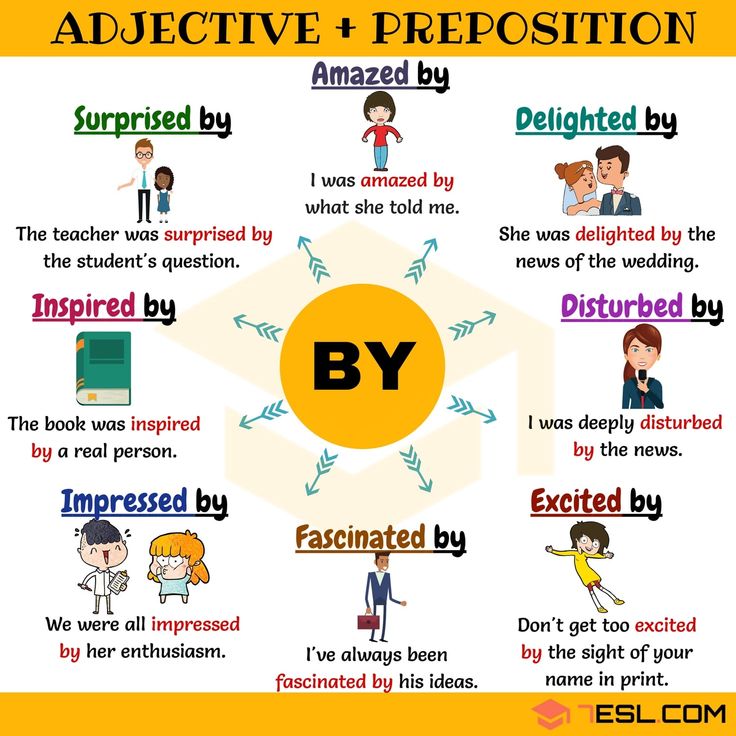
| Preposition | How to translate | How is it used/What does | stand forUsage example |
| In | in, through | with days, months, years, time of day, season, time intervals | Mike was born in June. Mike was born in June. We will go to the trip in a few weeks. In a few weeks we will go on a trip. |
| At | to | with hours, weekends, holidays, specific moments of the day | Our English class begins at 5 o'clock. Our English lesson starts at 5 o'clock. They will come back at night. They will return at night. |
| On | to | with dates and days of the week | We were at the Zoo on Monday. On Monday we were at the zoo. Her birthday is on the 5th of May.  Her birthday is May 5th. |
| By | to | indicates the date by which action | must be completed I will prepare all the documents by noon. I will have all the documents ready by noon. |
| Before | before, before | indicates that something happens before a certain action/event | Call me before you leave. Call me before you leave. |
| After | after | indicates that something happened after a certain action/event | How do you feel after your first yoga class? How do you feel after your first yoga class? |
| Till/until | to | means that something happens up to a certain point | Give me your answer until Sunday please. Please give me an answer by Sunday. 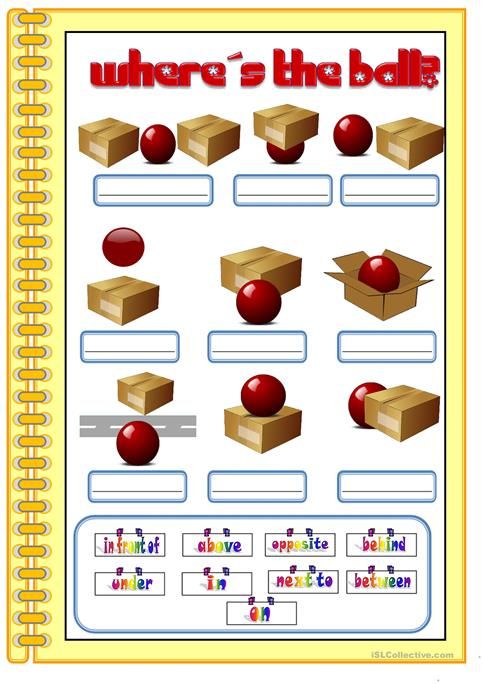 |
| Ago | back | shows how long ago something happened | He came back from school 2 hours ago. He returned from school 2 hours ago. |
| During | during | Indicates that something is happening during a given finite amount of time, usually during some other event | You're not allowed to talk during the exam. You are not allowed to talk during the exam. |
| Since | since | indicates that something is happening/has been happening since a certain period of time | We have been friends since childhood. We have been friends since childhood. |
| For | within | indicates how long the situation/action took | I was on a business trip for a few months. I was on a business trip for 3 months. 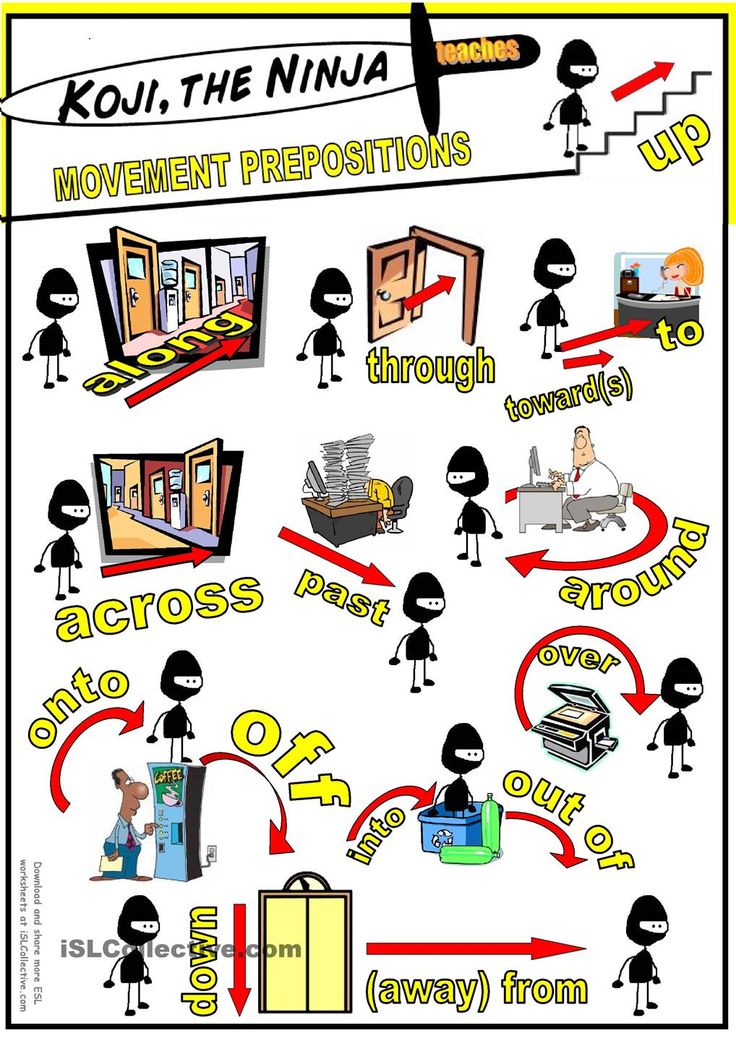 |
4. Prepositions of reason in English
These prepositions are needed to say why (for what) some action (event) happened.

